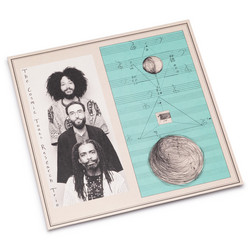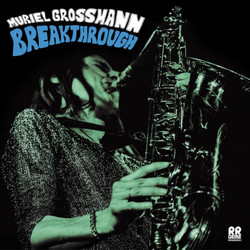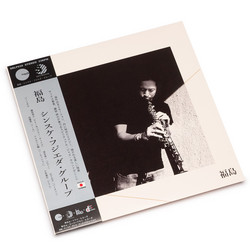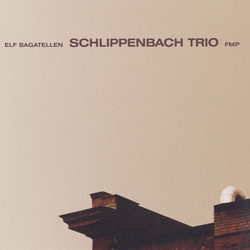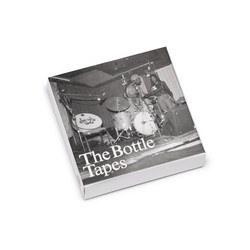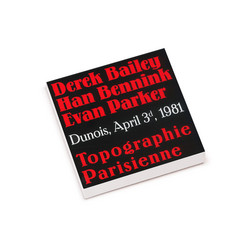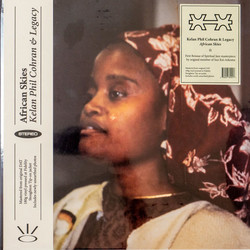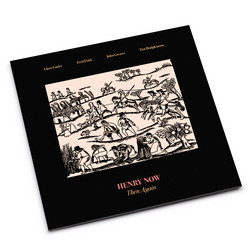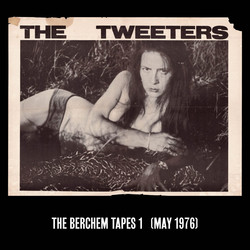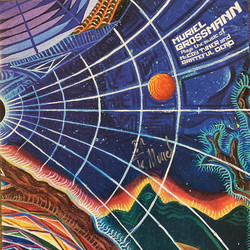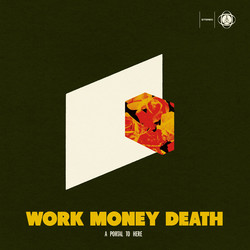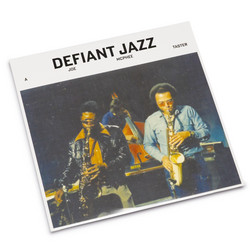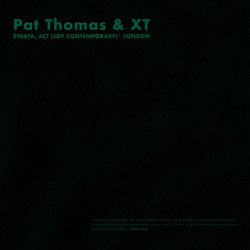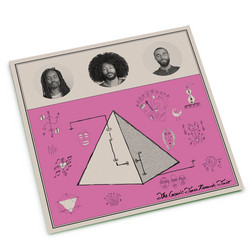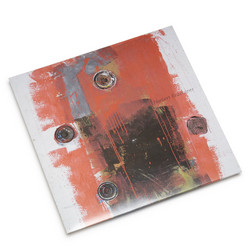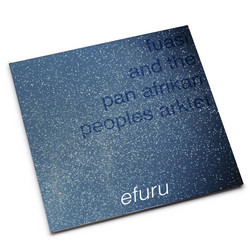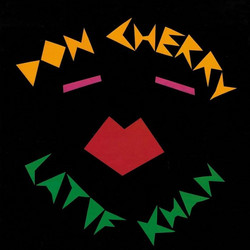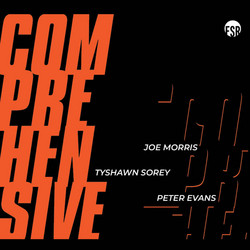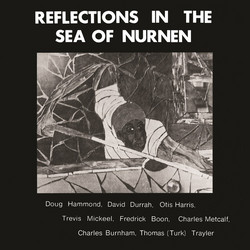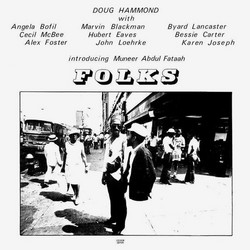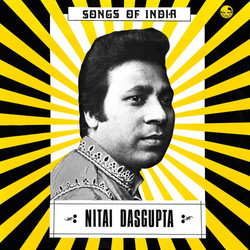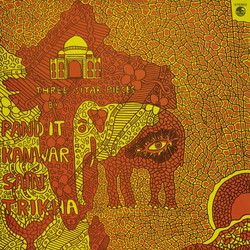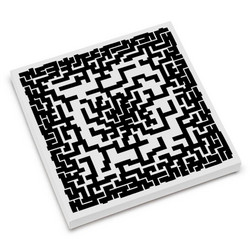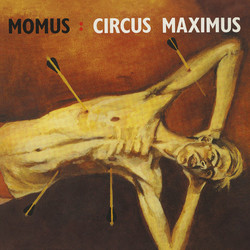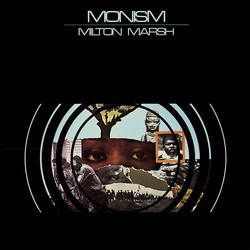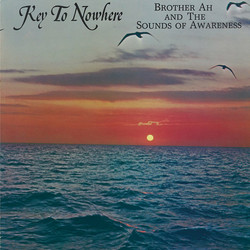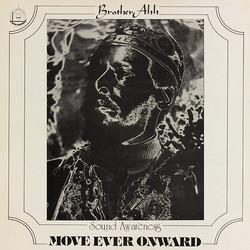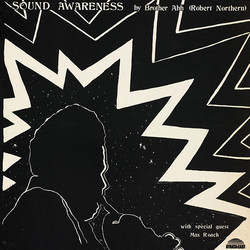1
2
3
4
File under: Free ImprovisationSpiritual Jazz
A composer, writer, percussionist, singer and coordinator, Doug Hammond was born in Tampa, Florida in 1942, the city where he cut his teeth in percussive studies with Don Templeton's Tampa Metropolitan Symphony, preparing for a career in classical music that he would never enter into. Instead, Hammond began a career that would eschew typification and stylistic categories, excelling at everything from blues to bop and free jazz.
Though he may be most remembered as the composer and one of the vocalists of Mingus Moves, Hammond is much more than that. His journey began as a musician. Before his high school graduation, he was playing blues music with Barney Lowis and B.B. King, who went on to get him his first gigs sitting in with Earl Hooker. By the grace of pianist and vocalist Kitty Daniels, Hammond was inducted into jazz, at first playing with Andy 'Gump' Martin and then, upon graduation, The Five Royals, Little Willie John and Sam and Dave.
Splitting his time between New York City and Detroit in the '60s and '70s, Hammond lent his percussive and vocal talents to Donald Byrd, Sonny Rollins, Kenny Dorham, Charles Mingus, Sam Rivers, Etta James, Nina Simone, the Dorothy Ashby Trio and more. In 1967, he became a founding member and vice president of the Detroit Creative Musicians Association, an artist-led cooperative that presaged Tribe, Strata and Strata-East.
Released in 1982, Spaces features alto saxophonist Steve Coleman and cellist Muneer Abdul Fataah writing with Hammond as the Doug Hammond Trio, with guests Byard Lancaster (alto saxophone, flute) and Kirk Lightsey (piano). It's an album full of strong, succinct statements that, according to Musician Magazine (Cliff Tinder, 1982), belie an abstract, soulful approach to free jazz. The exhilarating cello and angular horns show each player's experience and artistry while the heady, asymmetrical rhythmic concepts of Hammond and Steve Coleman add a playfulness to the dissonance. Creative, dynamic, modern, Tinder notes that Spaces gives any jazz master a run for their money.
Though he may be most remembered as the composer and one of the vocalists of Mingus Moves, Hammond is much more than that. His journey began as a musician. Before his high school graduation, he was playing blues music with Barney Lowis and B.B. King, who went on to get him his first gigs sitting in with Earl Hooker. By the grace of pianist and vocalist Kitty Daniels, Hammond was inducted into jazz, at first playing with Andy 'Gump' Martin and then, upon graduation, The Five Royals, Little Willie John and Sam and Dave.
Splitting his time between New York City and Detroit in the '60s and '70s, Hammond lent his percussive and vocal talents to Donald Byrd, Sonny Rollins, Kenny Dorham, Charles Mingus, Sam Rivers, Etta James, Nina Simone, the Dorothy Ashby Trio and more. In 1967, he became a founding member and vice president of the Detroit Creative Musicians Association, an artist-led cooperative that presaged Tribe, Strata and Strata-East.
Released in 1982, Spaces features alto saxophonist Steve Coleman and cellist Muneer Abdul Fataah writing with Hammond as the Doug Hammond Trio, with guests Byard Lancaster (alto saxophone, flute) and Kirk Lightsey (piano). It's an album full of strong, succinct statements that, according to Musician Magazine (Cliff Tinder, 1982), belie an abstract, soulful approach to free jazz. The exhilarating cello and angular horns show each player's experience and artistry while the heady, asymmetrical rhythmic concepts of Hammond and Steve Coleman add a playfulness to the dissonance. Creative, dynamic, modern, Tinder notes that Spaces gives any jazz master a run for their money.
Details
